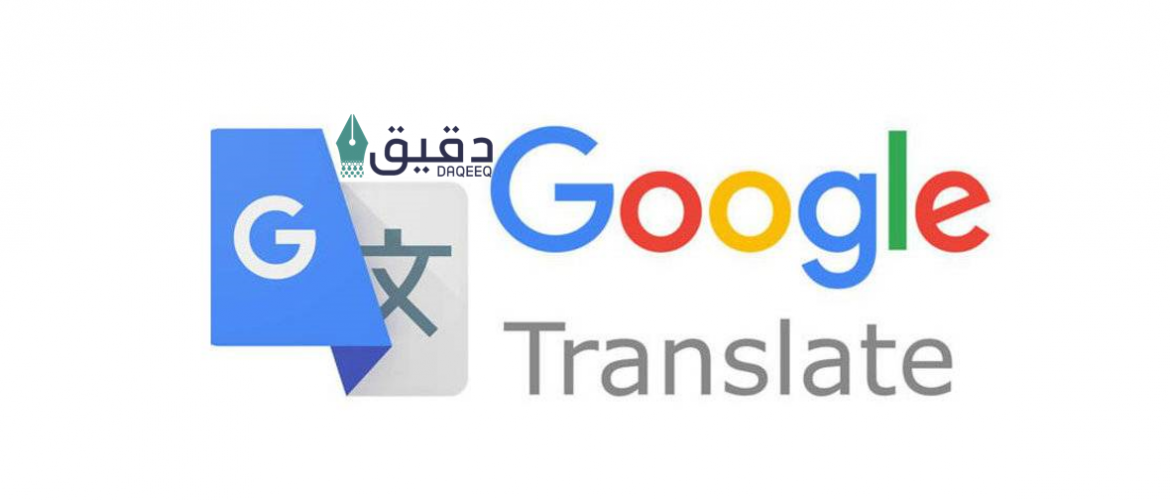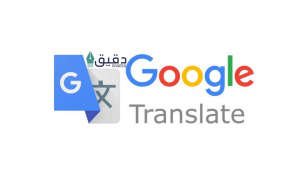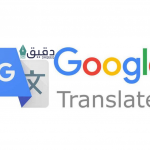Category: Translation & Technology Written by: Daqeeq Date: 23 Feb 2021
Daqeeq says…
Don’t jump your guns: Google Translate is not dependable yet
In the world of translation, regardless of the specific field, it seems that using google.translate.com is a taboo. This might not be totally fair, but the fact remains that depending on the service entirely is not a wise decision, to say the least.
It might be unprofessional and a form of cheating if a paid translator, for example, throws the source text in Google and sends the translation to the customer as is without human talent intervention, or not enough smart intervention to fix the flaws in this machine translation.
Relying on AI, Google feeds its database with authentically translated documents such as the ones available from the United Nations and other multi-lingual organizations. When data is massive enough, Google software analyses it and puts the result at the service of end-users and keeps updating the database, gaining more accuracy with each update. However, Google cannot move behind standard translations of source languages, while remaining helpless when it comes to translating texts that need the human brain to analyze and read the messages between the lines. Literary translation, such as poems, is a text-book example.
Google itself acknowledges that machine translation has yet to go a long way before it can compete with the human talent.
According to Google Blog in June last year, “advances in machine learning … have enabled great improvements to the quality of translation for over 100 languages… [but] state-of-the-art systems lag significantly behind human performance…”.
“Although these are impressive strides forward for a machine, one must remember that, especially for low-resource languages, automatic translation quality is far from perfect. These models still fall prey to typical machine translation errors, including poor performance on particular genres of subject matter (“domains”), conflating different dialects of a language, producing overly literal translations, and poor performance on informal and spoken language.”
It should be emphasized in this context that software programs that help professional translators in their work, or computer-assisted translation (CAT) tools are not the same as Google Translate. According to Kinash.com, “CAT software doesn’t do the translation for the translator any more than Microsoft Word does the writing for the writer. It’s just a tool that helps them to work more efficiently”. In the outcome, we end up with translations that are quicker and more accurate, which improves the environment in which professional translators work.
Back to Google Translate, Clearwordtranslation.com, an international language and translation service, lists reasons why Google Translate is not the best choice, starting with the undisputable fact that machines cannot replace human talent. One can cite hundreds of examples of hilarious translations and the internet is full of such blunders, posted for a laugh.
A third reason is that we can’t do trans-creation with Google, because there is a cultural element that cannot be understood or rendered accurately into the language of a different culture. Let’s not forget either that Google does not correct the original text, but a human can detect mistakes and deal with them.
Therefore, beginners and average people should stay away from using the service unless they are able to scrutinize and amend the outcome; otherwise, they risk losing their credibility.








No comments yet.